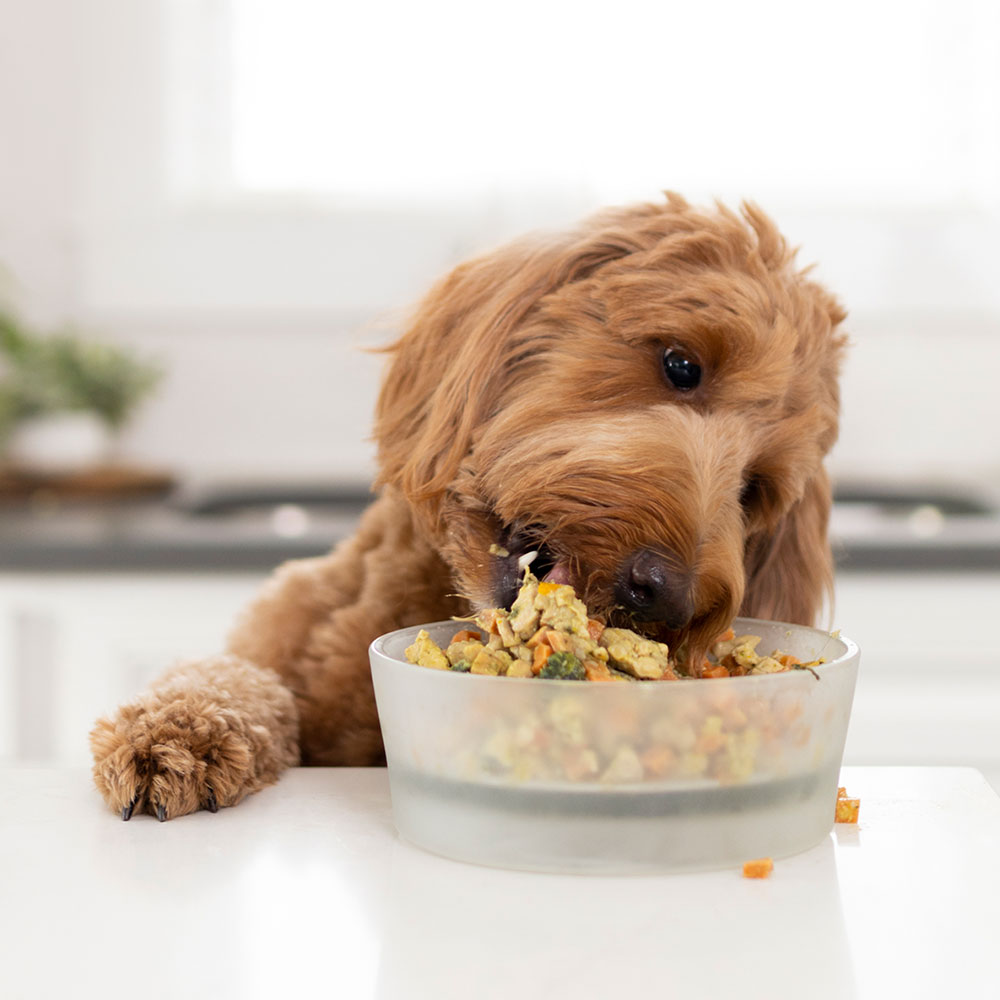Introduction: The Rise of Homemade Pet Food
In recent years, there has been a significant shift towards homemade pet food as pet owners become more conscious of the quality and ingredients in their furry friends’ diets. This trend stems from concerns over commercial pet food safety, nutritional content, and the desire for greater control over what goes into their pets’ meals. With the right knowledge and tools, transitioning from store-bought to homemade pet food can be a rewarding and straightforward process. In this guide, we’ll explore the steps and considerations for processing homemade pet food from your kitchen to your pet’s bowl.
Understanding Nutritional Needs
Before delving into the process of making homemade pet food, it’s essential to understand the nutritional needs of your pet. Different animals have varying dietary requirements based on factors such as species, age, size, and activity level. Consult with your veterinarian to determine the appropriate balance of proteins, carbohydrates, fats, vitamins, and minerals for your pet’s specific needs. Understanding these nutritional principles will guide you in selecting the right ingredients and formulating balanced recipes for homemade pet food.

Selecting Quality Ingredients
The cornerstone of homemade pet food is using high-quality, wholesome ingredients that meet your pet’s nutritional requirements. Opt for fresh, whole foods whenever possible, including lean meats, poultry, fish, and organ meats for protein sources. Incorporate a variety of vegetables and fruits for essential vitamins, minerals, and fiber. Avoid ingredients that are toxic or harmful to pets, such as onions, garlic, grapes, raisins, and chocolate. When sourcing ingredients, prioritize organic and locally sourced options to ensure optimal quality and freshness.
Preparing Balanced Recipes
Creating balanced recipes is crucial to ensure that your pet receives all the nutrients they need for optimal health and well-being. When formulating homemade pet food recipes, aim for a balance of protein, carbohydrates, fats, vitamins, and minerals in appropriate proportions. Consider consulting with a veterinary nutritionist or using reputable resources and guides for formulating balanced recipes tailored to your pet’s specific needs. Keep in mind that homemade pet food should be prepared in batches and stored properly to maintain freshness and nutritional integrity.
Processing Methods and Techniques
Homemade pet food can be prepared using various processing methods and techniques, depending on your preferences and resources. Common methods include cooking, blending, grinding, and freezing, each offering unique benefits in terms of palatability, digestibility, and convenience. Cooking methods like boiling, steaming, or baking can help enhance the flavor and texture of ingredients while ensuring food safety by eliminating harmful bacteria and pathogens. Blending or grinding cooked ingredients into a smooth or chunky consistency can make homemade pet food more palatable and easier to digest for pets with dental issues or picky eating habits. Additionally, freezing homemade pet food in portioned servings can extend shelf life and simplify feeding routines.
Safety and Hygiene Practices
Maintaining strict safety and hygiene practices is paramount when preparing homemade pet food to prevent contamination and foodborne illnesses. Wash hands, utensils, and surfaces thoroughly before and after handling raw ingredients to avoid cross-contamination. Cook meat and poultry to the appropriate internal temperatures to kill bacteria and parasites effectively. Store homemade pet food in clean, airtight containers in the refrigerator or freezer to prevent spoilage and bacterial growth. Regularly inspect and clean feeding bowls, dishes, and storage containers to ensure they are free from mold, bacteria, and other contaminants.
Transitioning and Monitoring
When transitioning your pet to a homemade diet, it’s essential to do so gradually to avoid gastrointestinal upset or digestive issues. Gradually introduce small amounts of homemade pet food alongside their regular diet, gradually increasing the proportion over several days or weeks until fully transitioned. Monitor your pet’s appetite, energy levels, stool quality, and overall health during the transition period and beyond. Adjust homemade pet food recipes as needed based on your pet’s individual preferences, dietary sensitivities, and health requirements.
Seeking Professional Guidance
While homemade pet food offers numerous benefits, it’s essential to seek professional guidance and supervision, particularly if your pet has specific health concerns or dietary restrictions. Consult with your veterinarian or a board-certified veterinary nutritionist to ensure that homemade pet food recipes are formulated correctly and meet your pet’s nutritional needs. Regular veterinary check-ups and monitoring are essential to assess your pet’s overall health, weight, and nutritional status and make any necessary adjustments to their diet accordingly.
Conclusion: Nourishing Your Pet with Love and Care
Transitioning to homemade pet food allows pet owners to take control of their pets’ nutrition and provide them with wholesome, high-quality meals made with love and care. By understanding your pet’s nutritional needs, selecting quality ingredients, preparing balanced recipes, and following safety and hygiene practices, you can ensure that your furry friends receive optimal nutrition and enjoy a healthy and happy life. With proper guidance and supervision, homemade pet food processing can be a rewarding and fulfilling journey that strengthens the bond between pet and owner.










